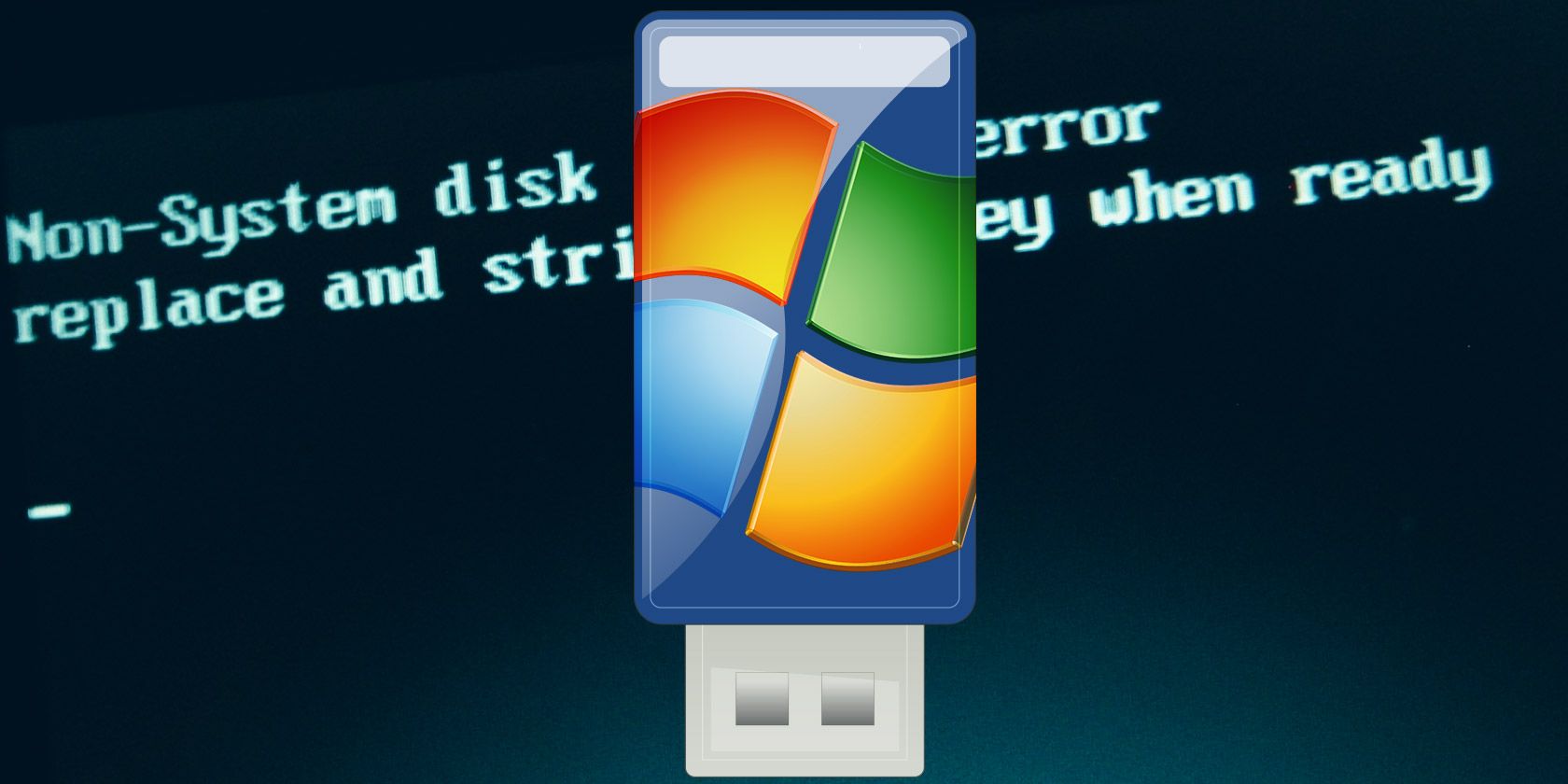
On Big Sur (and later OSes), CCC will use Apple's APFS replicator (named "ASR") to create a copy of the system. On Catalina, CCC will use its own file copier to make a backup of both the System and Data volumes. After selecting your source and destination volumes, click on the Destination selector and choose Legacy Bootable Copy Assistant.Ĭatalina users: The Legacy Bootable Copy Assistant is not applicable. If you would like to configure CCC to create a bootable copy of your Mac's startup disk, you can use the Legacy Bootable Copy Assistant. Making a copy of the startup disk with the Legacy Bootable Copy Assistant CCC backups are compatible with Migration Assistant, and we support that configuration. onto a replacement disk), then migrate data from the backup via Migration Assistant.
#How to make a bootable cd for mac install
If you ever need to restore everything from a non-bootable backup, you can install macOS via Recovery mode (e.g. You can restore individual files and folders using Finder or CCC while booted from your production volume.

#How to make a bootable cd for mac mac
You don't have to be able to boot your Mac from the CCC backup to restore data from it. That's all of your data, all of your applications, and all of your system settings – everything about your Mac that is customized. When you configure a backup of your startup disk, CCC will back up the contents of the Data volume. CCC 'Standard Backups' do not include the operating systemīy default, CCC does not attempt to make backups of the startup disk (Big Sur+) bootable.

Due to these changes and the limitations of Apple's new "Apple Silicon" platform, creating an external bootable device is not only less approachable for novice users, it's also less likely to serve as a reliable troubleshooting device. we cannot copy the system and retain versioned backups of your data. That utility is very one-dimensional choosing to copy the system requires that we sacrifice other backup features, e.g. Starting in macOS Big Sur (11.0), the system resides on a cryptographically sealed "Signed System Volume" that can only be copied by an Apple-proprietary utility. It has also grown increasingly difficult to make a copy of the operating system. Apple Silicon Macs will not start up (at all) if the internal storage is damaged or otherwise incapacitated, so there is very little value, if any, to maintaining a bootable rescue device for those Macs. The reliability of Apple's External Boot solution has waned in the past several years, however, and the situation has grown starkly worse on the new Apple Silicon platform. In the past, a "bootable backup" was an indispensable troubleshooting device that even novice users could rely upon in case their production startup disk failed. Please bear in mind that you can restore all of your documents, applications, and system settings from a standard CCC backup without the extra effort involved in establishing and maintaining a bootable device.

when migrating to a different disk, or for testing purposes), but we do not support nor recommend making bootable copies of the system as part of a backup strategy. We present this functionality in support of making ad hoc bootable copies of the system that you will use immediately (e.g. Copying Apple's system is now an Apple-proprietary endeavor we can only offer "best effort" support for making an external bootable device on macOS Big Sur (and later OSes).


 0 kommentar(er)
0 kommentar(er)
